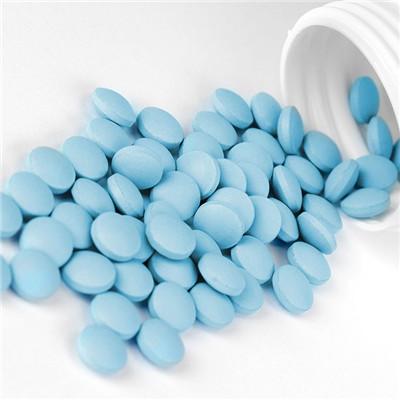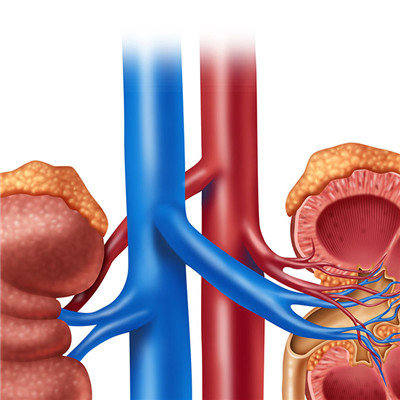Symptoms of steroid dermatitis
summary
Glucocorticoid dependent dermatitis (GDD) is a kind of dermatitis caused by long-term repeated inappropriate external use of hormones. It is a kind of dermatitis that the primary skin lesions disappear after topical use of glucocorticoid, but inflammatory damage occurs after discontinuation of glucocorticoid. In recent years, the incidence is increasing year by year, stubborn and difficult to cure.
Symptoms of steroid dermatitis
The change of elasticity of glycoprotein and proteoglycan in dermis weakens the adhesion between collagen fibrils and reduces the synthesis of collagen.

Hypopigmentation and pigmentation are caused by the decrease of the number of layers in the stratum corneum and the decrease of melanin migrating to the keratinocytes. Pigmentation may be related to glucocorticoid activating melanocyte to regenerate pigment.

Because of the decrease of the adhesion between the collagen fibers of the vessel wall, the vessels become wider and the surface vessels are exposed due to the disappearance of dermal collagen.

matters needing attention
In hormone induced rosacea like lesions, the density of Demodex follicularis increased significantly. Demodex follicularis blocked the outlet of sebaceous glands in hair follicles, causing inflammation or allergy. Strong hormone can also make sebaceous glands proliferate, leading to a unique rosacea like rash. Hormone can make hair follicle epithelial degeneration, leading to outlet blocked, acne like rash or make the original acne worse.
















